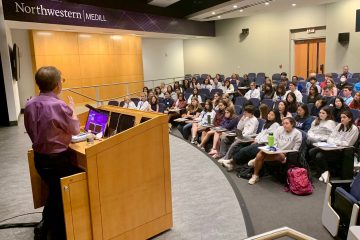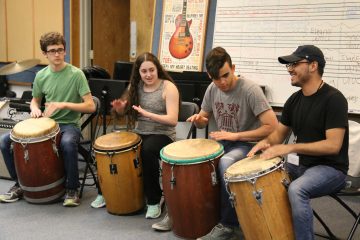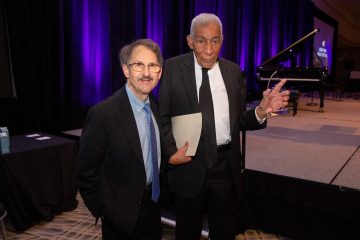‘For the Left Hand’ on the road
This was a busy fall season for “For the Left Hand,” and two events stood out:
On Oct. 12, Howard and Gordon brought the film to Howard’s alma mater, Northwestern University’s Bienen School of Music, in Evanston. The screening held special significance for Howard, for he had performed Ravel’s Piano Concerto for the Left Hand – the work at the documentary’s heart – when he was a piano performance major in the 1970s.
To return to campus half a century later with a film showing a pianist struggling to play this Everest of the repertoire reminded Howard of why he was drawn to Norman Malone’s story in the first place: Both Norman and Howard have been mesmerized by this concerto for their entire adult lives.
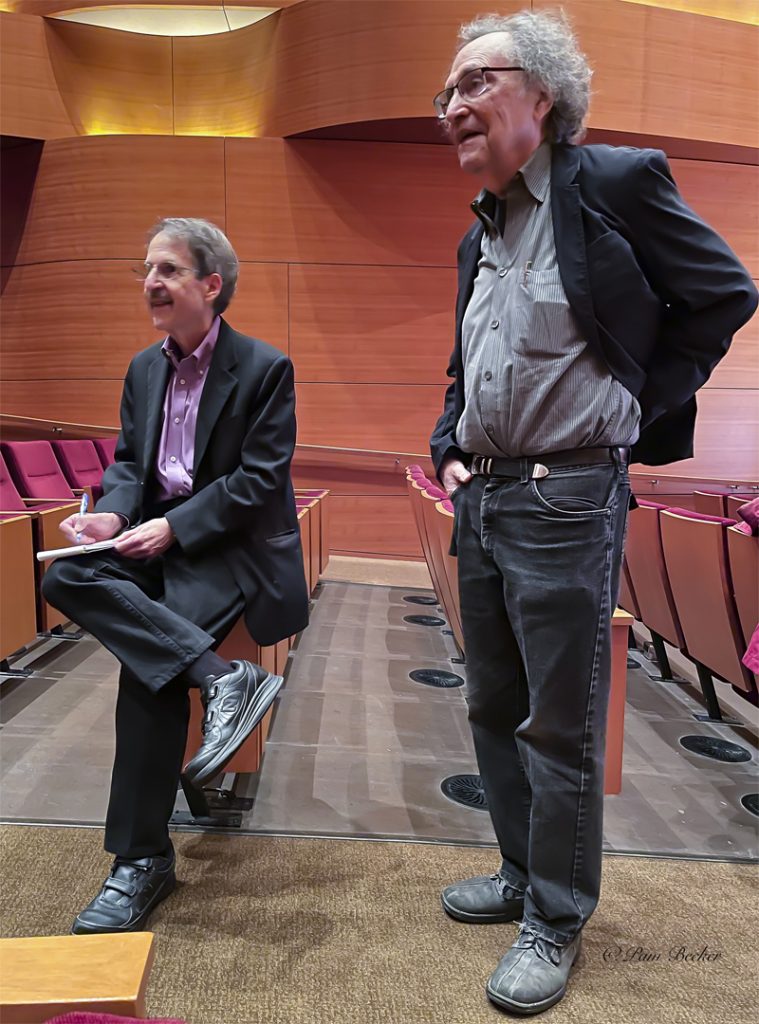
Because Howard and Gordon screened the film at the Bienen Piano Studio, the audience comprised piano students and faculty, the documentary’s core constituency.
Not surprisingly, the post-screening discussion focused on the rigors of being a classical pianist.
“I could identify with how Norman felt backstage,” said Bienen piano professor James Giles. He referred to those tense moments at the film’s end, as Norman nervously awaits the biggest moment of his musical life: performing the Ravel Concerto with orchestra for the first time – at age 79.
Howard told the Bienen audience that when he saw a rough cut of the film, he noticed that the scene quickly shifted from Norman awaiting backstage to Norman taking a bow before starting the performance.
What was missing was footage of that long and lonely walk that every piano soloist must take from backstage to the piano itself. Pianists often feel intense emotions in those final moments before a concert, among them fear, excitement and awe.
Gordon agreed with Howard that it would be good to include that momentous walk to the piano in the film, so the footage was added.
“Every piano student should see this film,” said someone in the audience. “As a pianist, you often think about giving up. Norman does not give up.”
Indeed, Norman’s determination to play the Ravel – which he had been practicing alone at home for roughly 60 years – seemed to buoy the students in the audience. For if Norman could perform despite his nerves, he could be a model for any musician under stress.
Gordon told the audience that, in effect, the Ravel Concerto serves as a character in “For the Left Hand,” in that it opens the film and recurs frequently, right through to the climax.
As such, it looms large not only on the screen but also in the lives of Norman, Howard and anyone who dares take it on.
On Oct. 7, Howard and Gordon brought the film to the State Theater in Ann Arbor, presented by the Michigan Psychoanalytic Institute. Psychoanalyst Julie Jaffee Nagel, who had seen the film at the Michigan Theater in Ann Arbor a year earlier, organized the event so her colleagues could learn Norman’s story. Hence the event’s title: “A Documentary About Resilience and the Power of Music in the Shadow of Trauma.”
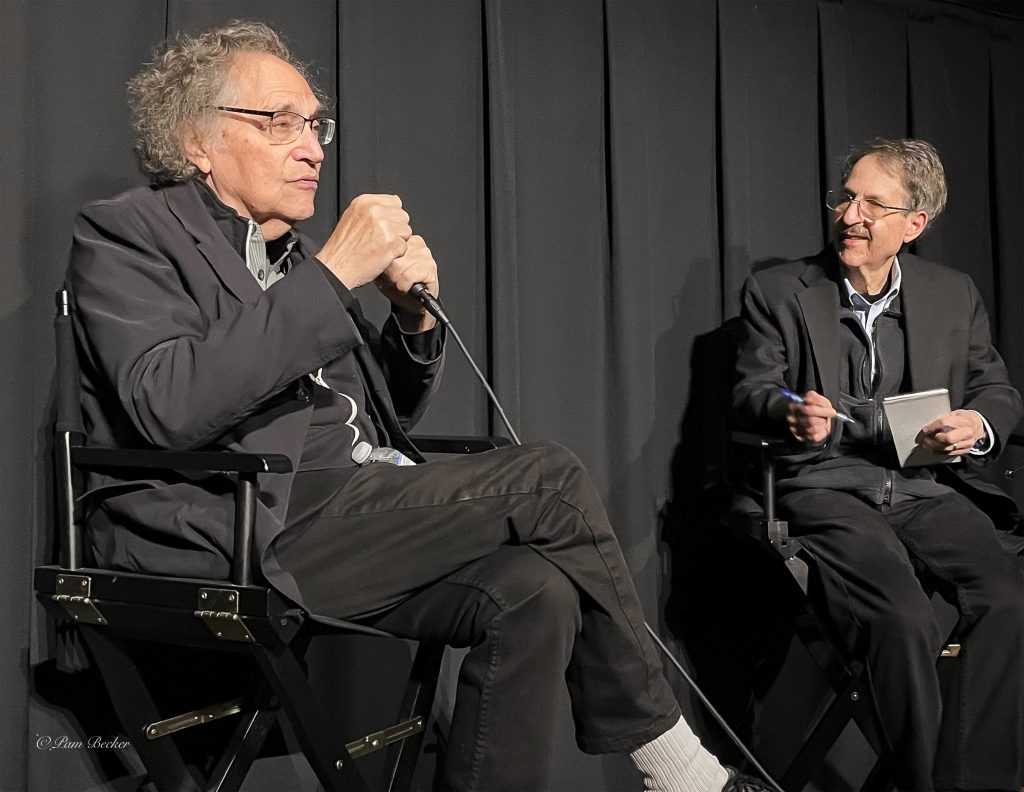
During the post-screening discussion, one psychoanalyst said to Gordon and Howard: “Resilient people are strong. But what vulnerability did you see in Norman?”
“He told us things that were very private,” said Gordon. So much so that, in some instances, “we said: ‘Don’t worry, we won’t use that in the film.’”
Added Howard: “Norman showed his vulnerability simply by telling us a story that he had kept secret his entire adult life. Through this film and the Chicago Tribune series that preceded it, Norman shares his story – and his vulnerability – with the world.”
